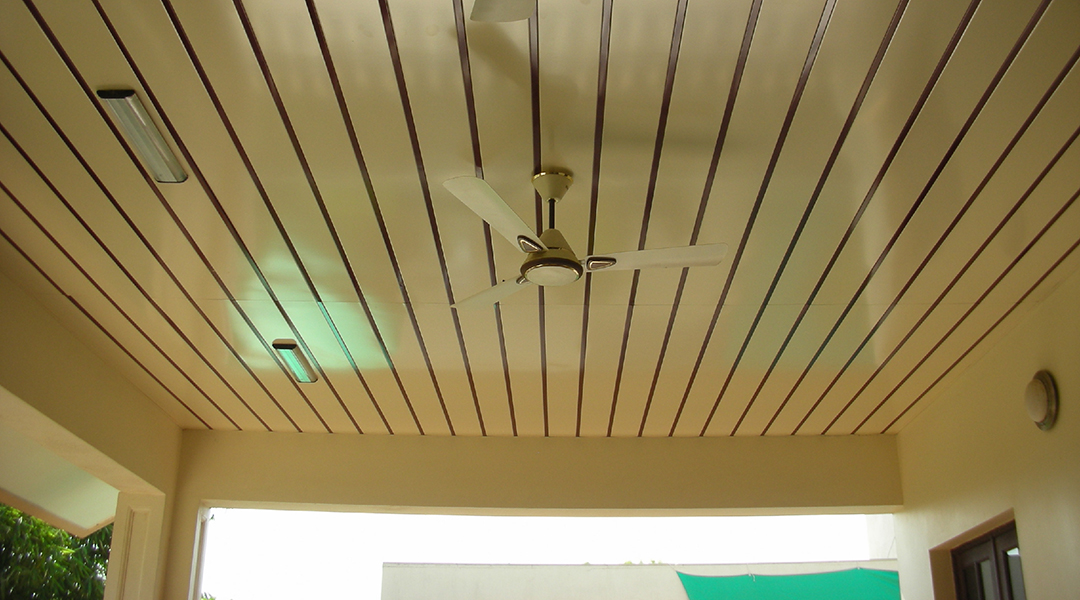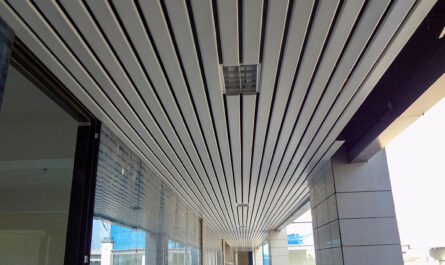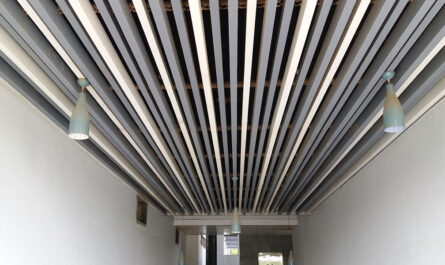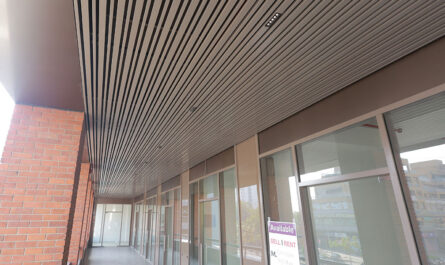There has been a significant transformation in the field of home design with the new way and trend to approach ceilings treatments with a metal ceiling Presents a flexible and technologically sophisticated option primarily for residential spaces and commercial buildings. Nowadays, these were no longer just something that you would see in factories or industrial-type setups. They have evolved into wonderful architectural works that do more than define a room’s character. They offer practical advantages as well. There are a lot of ideas to do with metal ceilings from creating signature spaces making lasting impressions all the way into making use of elements to bring in real nature and soften the inside and out.
Metals ceilings are now an opportunity that can ignite inventiveness among designers/architects to present handpicked, distinctive architecture and design. Now, designs talk about such specializing into the making of lovely and very heraldable spaces within which they have set foot. Metal-ceiling presences completely arouses the design perspectives of architects and/or those who occupy such study or work.
One of the most tantalizing trends within design for metal ceilings would be to create novel spaces or exciting focal situations in larger concourses. Within realms of corporate lobbies, up-scale retail, and other high-end hospitality outlets, such are using metallic ceilings to come up with striking first impressions. Custom-perforated patterns, three-dimensional sculptural pieces and interesting integration with light will make the abject, ordinary ceilings changed into art installations that will matter, for the impression and identification of premises in which it is found. Statement ceilings feature dynamic geometries and rhythmic patterning that catch and play with light and shadow and creates a continually changing visual experience across the day.
Biophilic design has got metal ceiling applications developers as well. With this trend, they are beginning to bring elements into architecture that work in terms of natural settings-such as organic patterns, and textures-leaf-like perforations, and wave riffs or other abstract interpretations of phenomena in nature. When combined with strategic lighting and materials like complementary wood and stone, metal ceilings can help to make one feel connected to nature while still keeping that contemporary touch in spaces.
Sustainability considerations in the design of architectures have grown into a vital point, where metal ceilings perform the best. Products from most of the manufacturers now are offered recycled material and its long service life reduces replacement demand over time. Reflective surface of metals improves the spread of natural light within the premises; this, again, minimizes artificial lighting, which otherwise can be more costly in terms of energy use. Some designs even use acoustic properties by specialized perforation patterns and backing materials, addressing both environmental and functional concerns.
The versatility of metal ceilings is evident in their usage in different architectural styles. In minimalist settings, clean lines and monochromatic metal panels can be a source of peace and order. For more eclectic environments, mixed metal finishes and intricate patterns add layers of visual interest and complexity. The ability to combine different types of metals, finishes, and installation methods enables designers to develop unique solutions responsive to specific project requirements while keeping coherent design languages.
Metal ceiling designs now open to a world of new possibilities because of technology integration. Advanced manufacturing processes make possible the very detailed customization of patterns and Installation methods also have also been improved, with “plug-and-play” systems being introduced by manufacturers, which simplify installation but allow for more elaborate designs. Modular components make installation and maintenance easier, whereas custom solutions can adapt to unique architectural features or spatial requirement. Accessibility to above-ceiling services while retaining visual continuity addresses practical considerations without compromising design intent.
Parametric design and digital fabrication are becoming newer trends for future metal ceiling designs. Technologies of this sort continue to unlock even more complicated geometries and patterns, raising the bar of possibilities for overhead designs. As requirements in terms of sustainability continue to heighten and considerations toward wellness come more into the mainstream, so does the adaptation of metal ceilings through new technologies that respond to evolving design priorities.
Color and finish options have expanded dramatically, moving beyond the traditional metallic appearance. Classic finishes such as brushed aluminum, stainless steel, and bronze are still popular, but manufacturers now offer powder-coated options in virtually any color, as well as specialty finishes that mimic other materials or create unique visual effects. This flexibility allows metal ceilings to harmonize with diverse color palettes and design schemes while retaining their distinctive material properties.
Metal ceilings have evolved beyond their utilitarian origins to be versatile design elements that can make any architectural space better. They can create signature moments and contribute to sustainable design goals, all of which expand through technological innovation and creative vision. In line with the designers and architects looking for solutions that not only have an aesthetic appeal but also practical performance, metal ceilings offer an increasingly sophisticated array of options for transforming overhead spaces into compelling architectural features. Be it bold or subtle sophistication, metal ceilings stay at the helm of interior design innovation, promising exciting possibilities for future applications.




